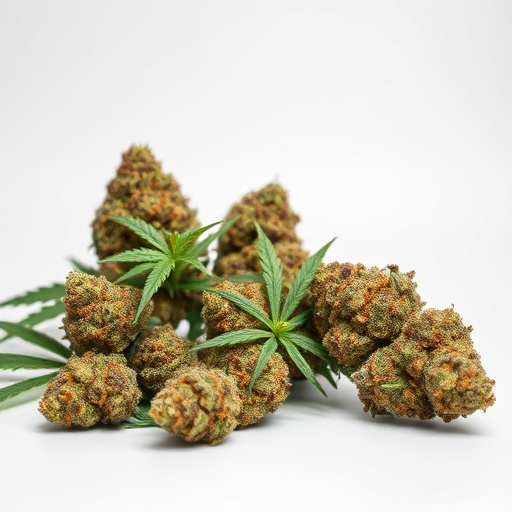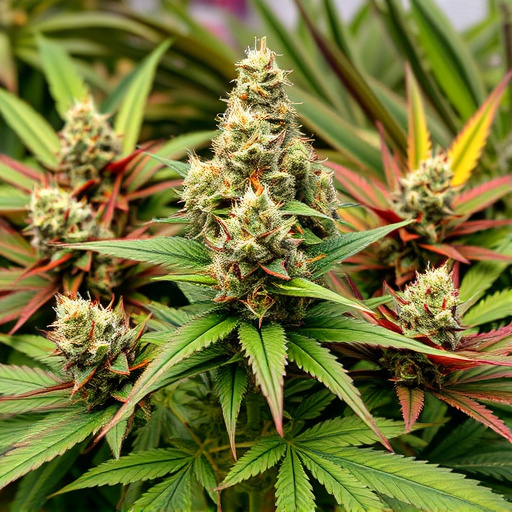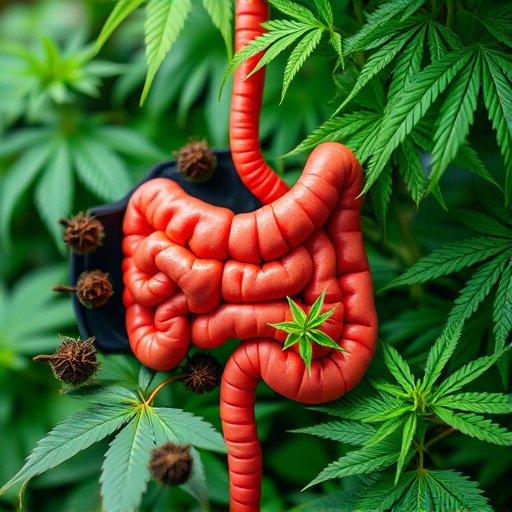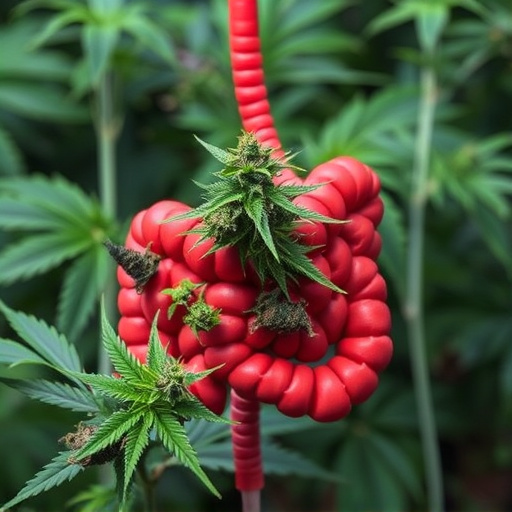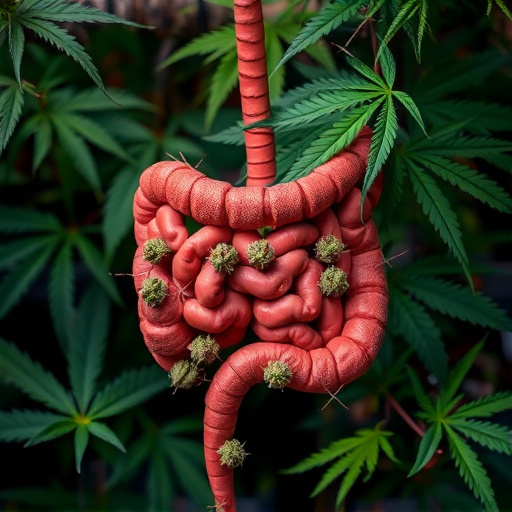Cannabis metabolism varies greatly among individuals, affecting detectability. Smoking and vaping lead to quick detection times, while edibles have a longer lag. Crohn's disease patients should choose strains wisely, balancing THC for relief vs. prolonging detectability. Consulting healthcare providers is crucial for selecting the right CBD-rich strains with shorter residencies.
Discover how long cannabis remains detectable in your system, a crucial consideration for those using it therapeutically, especially for conditions like Crohn’s Disease. This article delves into the science behind cannabis metabolism and elimination, exploring factors that impact detection time.
We examine the specific implications for patients with Crohn’s Disease considering cannabis strains as a potential treatment option, ensuring informed decisions based on accurate knowledge of cannabis’ stay in your system.
- Understanding Cannabis Metabolism and Elimination
- Factors Influencing Cannabinoid Detection Time
- Cannabis for Crohn's Disease: Considerations for Users
Understanding Cannabis Metabolism and Elimination

Cannabis metabolism and elimination are complex processes that vary greatly among individuals. When cannabis is consumed, whether through smoking, vaping, or edibles, it enters the bloodstream via the lungs or digestive system. The active compounds, such as THC (tetrahydrocannabinol) and CBD (cannabidiol), are then transported to various organs where they are metabolized. THC, for instance, is primarily metabolized in the liver by a group of enzymes called cytochromes P450, specifically CYP3A4 and CYP2C9.
The half-life of THC, the time it takes for the body to eliminate half of the substance, is approximately 30 hours. However, this can vary based on factors like metabolism, frequency of use, and individual tolerance. For individuals with conditions like Crohn’s disease, cannabis metabolism might be influenced by their unique gut microbiome or liver function, potentially affecting how quickly THC is cleared from their system. Understanding these metabolic processes is crucial in gauging the duration cannabis remains detectable in various tests, especially for those using cannabis strains for medicinal purposes.
Factors Influencing Cannabinoid Detection Time
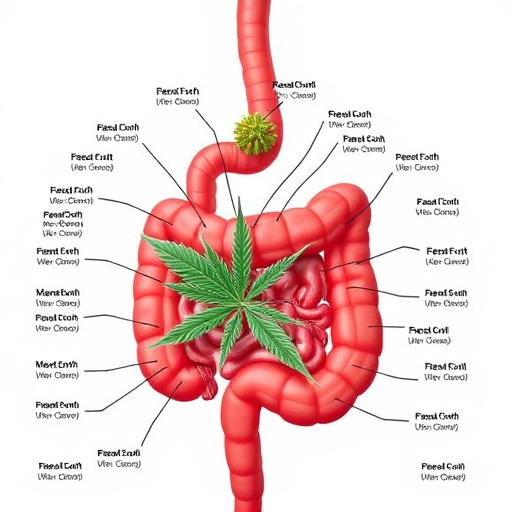
Several factors can influence how long cannabis remains detectable in your system, including the method of consumption, the specific cannabis strains used, and individual metabolism. When cannabis is smoked or vaped, cannabinoids like THC rapidly enter the bloodstream through lung tissue, leading to quicker detection times—sometimes as little as a few hours—in urine tests. In contrast, edibles take longer for absorption due to digestion, resulting in a lag before detectability, which can range from several days to over a week.
For individuals with conditions like Crohn’s disease, the choice of cannabis strains matters. High THC strains may offer faster relief but could also lead to more detectable levels for longer periods. In contrast, balanced or CBD-rich strains might provide sustained benefits without leaving cannabinoids in the system as long. Understanding these factors can help manage expectations regarding testing outcomes and ensure compliance with relevant regulations.
Cannabis for Crohn's Disease: Considerations for Users

Cannabis has gained attention as a potential therapeutic option for various medical conditions, including Crohn’s Disease (CD), an inflammatory bowel disorder. For CD patients considering cannabis as a treatment, understanding its effects and duration in the system is crucial. Research suggests that cannabis can help reduce inflammation and pain associated with Crohn’s Disease, offering symptom relief for some users.
When exploring cannabis for Crohn’s Disease, it’s essential to consider the different strains and their unique chemical profiles. Various cannabis strains have varying levels of THC (tetrahydrocannabinol) and CBD (cannabidiol), which can impact how long each strain stays in your system. Higher THC content may result in a longer detection period, while CBD-rich strains might have shorter residencies. As such, patients should consult healthcare providers or cannabis specialists to choose the most suitable strains for their needs, taking into account factors like dosage and desired effects.
In conclusion, understanding how long cannabis remains detectable in your system is crucial, especially for individuals considering its therapeutic use, such as those with Crohn’s Disease. The metabolism and elimination of cannabinoids vary based on factors like consumption method, frequency, and individual biology. For those exploring cannabis as a treatment option, selecting suitable strains and practicing responsible use can help manage the duration of detection. Remember that further research is essential to fully comprehend the effects of cannabis on various health conditions, including Crohn’s Disease.


